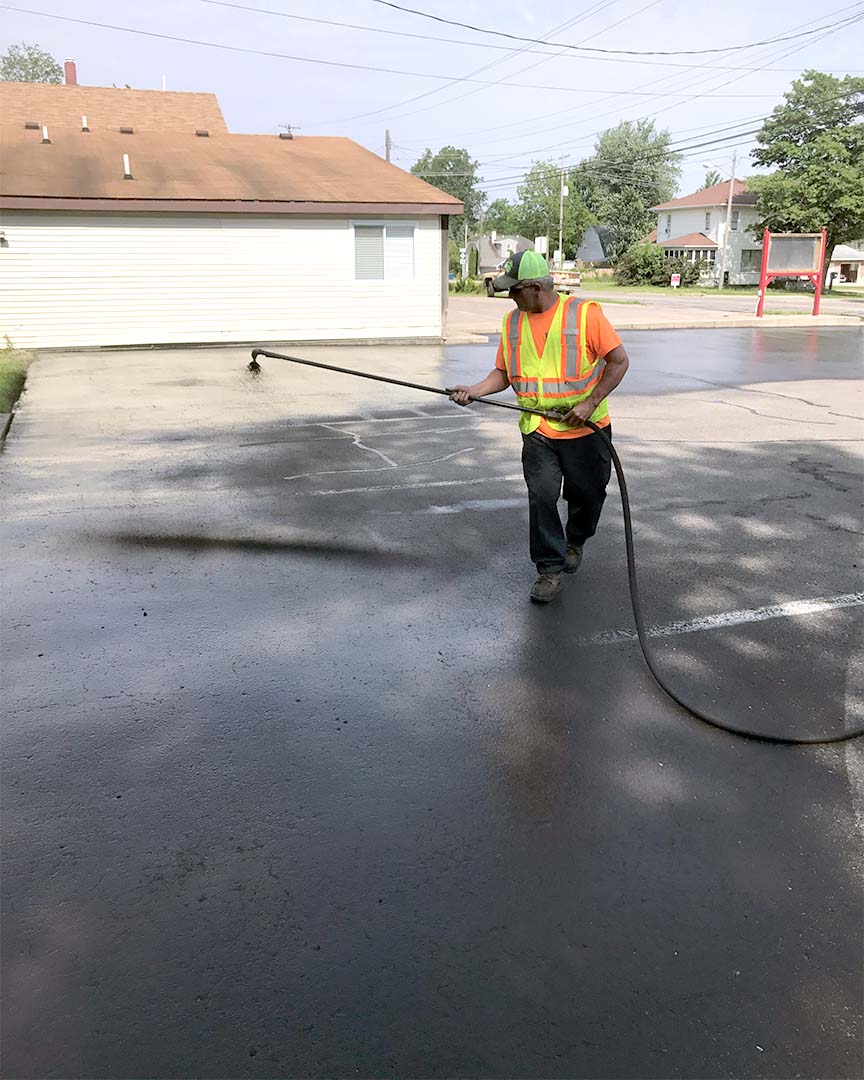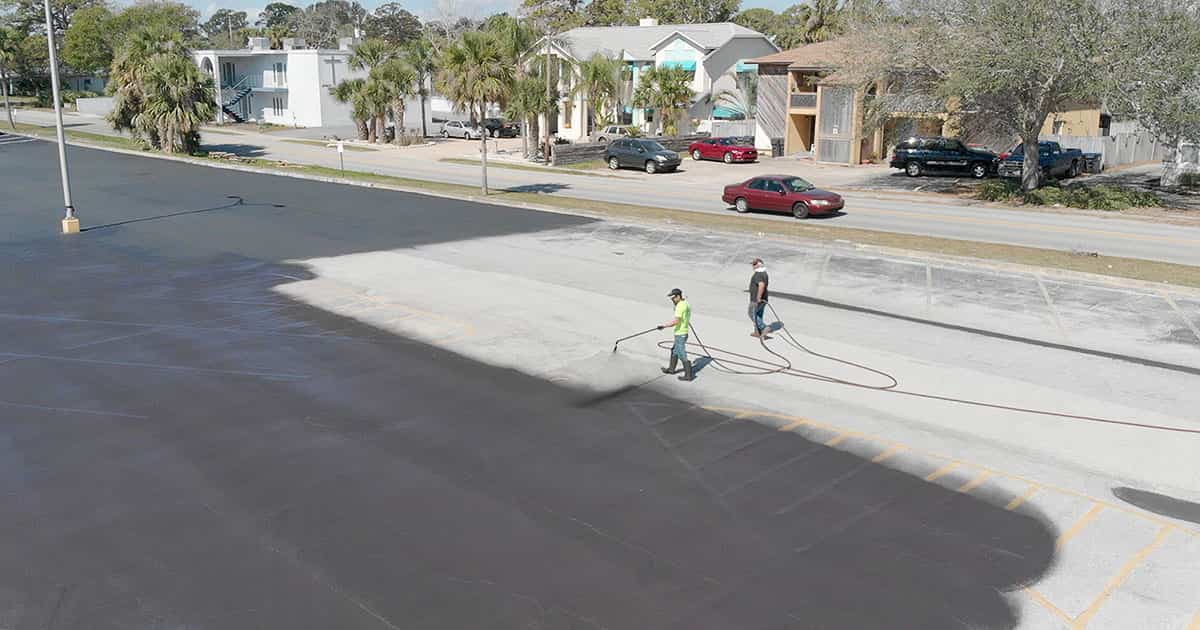Hot Mix Asphalt: A Sustainable Solution for Pavement
Warm Mix Asphalt (HMA) has become a leading lasting option for sidewalk solutions, using a myriad of innovative modern technologies and ecological advantages. Its capability to decrease and reuse materials energy consumption presents a compelling instance for its adoption in roadway building and construction projects. The long-term efficiency and resilience of HMA make it a recommended option for infrastructure advancement. As the demand for environmentally friendly construction techniques grows, discovering the nuances of HMA's sustainability can supply useful insights right into the future of pavement services.
Ecological Benefits of Warm Mix Asphalt

Furthermore, Hot Mix Asphalt helps to reduce urban heat island effects. Its dark color soaks up sunshine, reducing the amount of warmth mirrored back into the atmosphere contrasted to lighter-colored sidewalks. This can lower ambient temperature levels in metropolitan locations, decreasing the demand for a/c and ultimately lowering energy usage.
Additionally, Warm Mix Asphalt adds to improved stormwater administration. Its permeable nature enables water to charge and penetrate the pavement groundwater supplies, reducing overflow and the risk of flooding. These ecological benefits make Hot Mix Asphalt a sustainable choice for paving freeways and roads.
Energy Performance in HMA Production
Is power efficiency a critical consider the production of Hot Mix Asphalt (HMA)? Absolutely. Energy plays a substantial duty in the production of HMA, impacting both cost and ecological sustainability. One key aspect of power performance in HMA manufacturing is the use of cozy mix asphalt (WMA) innovations (regrading). WMA enables the blending and placement of asphalt at lower temperature levels contrasted to typical warm mix asphalt, resulting in decreased energy usage throughout manufacturing. This process not only reduces gas usage yet likewise lowers greenhouse gas exhausts, making it a much more eco-friendly alternative.
Additionally, developments in plant innovations have led to even more energy-efficient HMA manufacturing procedures. By maximizing energy usage in HMA manufacturing, the market can minimize its carbon impact while keeping top quality sidewalk products.
Recyclability of Warm Mix Asphalt
The recyclability of Hot Mix Asphalt (HMA) is a pivotal element of its sustainability and long-lasting environmental impact. HMA is just one of the most recycled products in the USA, with over 100 million lots of redeemed asphalt pavement (RAP) being recycled each year in new sidewalk construction. Reusing HMA uses several ecological advantages, such as minimizing the need for virgin products, decreasing check out here energy usage during manufacturing, and decreasing the quantity of waste sent to land fills.
The procedure of reusing HMA involves grating the existing pavement, crushing it into smaller sized items, and blending it with new aggregate and asphalt binder to develop a recycled mix. This recycled mix can commonly execute as well as or even much better than standard HMA, while requiring fewer resources and generating reduced greenhouse gas exhausts. By including RAP right into new pavement tasks, roadway agencies can preserve natural sources, lower costs, and lessen the ecological footprint of roadway building and maintenance activities. Generally, the recyclability of HMA plays a considerable function in promoting sustainable practices within the pavement sector.

Long-Term Efficiency of HMA
Asphalt sidewalks show resilience and resilience over an extensive period, reflecting the long-lasting performance of Hot redirected here Mix Asphalt (HMA) Additionally, improvements in HMA technology, such as the use of polymer-modified binders and cozy mix asphalt, have additionally improved the durability and long life of HMA pavements. By prioritizing quality building and construction and maintenance practices, HMA proceeds to verify itself as a lasting and economical solution for durable sidewalk infrastructure.

HMA: Sturdiness and Sustainability
Demonstrating both toughness and sustainability, Hot Mix Asphalt (HMA) has actually come to be a cornerstone in the construction of long-lasting pavement facilities - hot mix asphalt. HMA's resilience originates from its capability to stand up to hefty tons, severe weather condition conditions, and high traffic quantities, making it a reliable selection for streets, highways, click resources and airport terminal runways. The composition of HMA, which normally consists of aggregates, binder, and filler, plays a vital function in improving its long life and resistance to damage
Furthermore, HMA's sustainability depends on its recyclability and energy-efficient manufacturing procedure. The ability to recycle recovered asphalt sidewalk (RAP) in new HMA combinations lowers the need for virgin materials and lessens the environmental effect of sidewalk construction and upkeep. Additionally, the energy efficiency of producing HMA lies in its lower mixing temperatures compared to other pavement materials, causing lowered energy usage and greenhouse gas exhausts.
Final Thought
Finally, hot mix asphalt (HMA) provides a sustainable solution for sidewalk with its ecologically friendly qualities. HMA's recyclability, energy effectiveness in manufacturing, and long-lasting durability make it a green option for road construction. By preserving natural deposits, minimizing waste, and reducing greenhouse gas emissions, HMA plays a vital duty in advertising sustainability in facilities growth. Its ability to minimize urban warm island results further highlights its value in producing environmentally conscious and durable pavement systems.
HMA is one of the most recycled materials in the United States, with over 100 million lots of reclaimed asphalt pavement (RAP) being reused each year in brand-new sidewalk building.The process of reusing HMA includes crushing the existing sidewalk, squashing it right into smaller items, and mixing it with new accumulation and asphalt binder to create a recycled mix.Asphalt pavements show sturdiness and resilience over an extensive period, mirroring the long-term performance of Hot Mix Asphalt (HMA) Additionally, improvements in HMA modern technology, such as the usage of polymer-modified binders and cozy mix asphalt, have actually additionally boosted the durability and long life of HMA sidewalks. The capability to reuse reclaimed asphalt sidewalk (RAP) in brand-new HMA mixes reduces the need for virgin products and lessens the environmental impact of pavement building and maintenance.